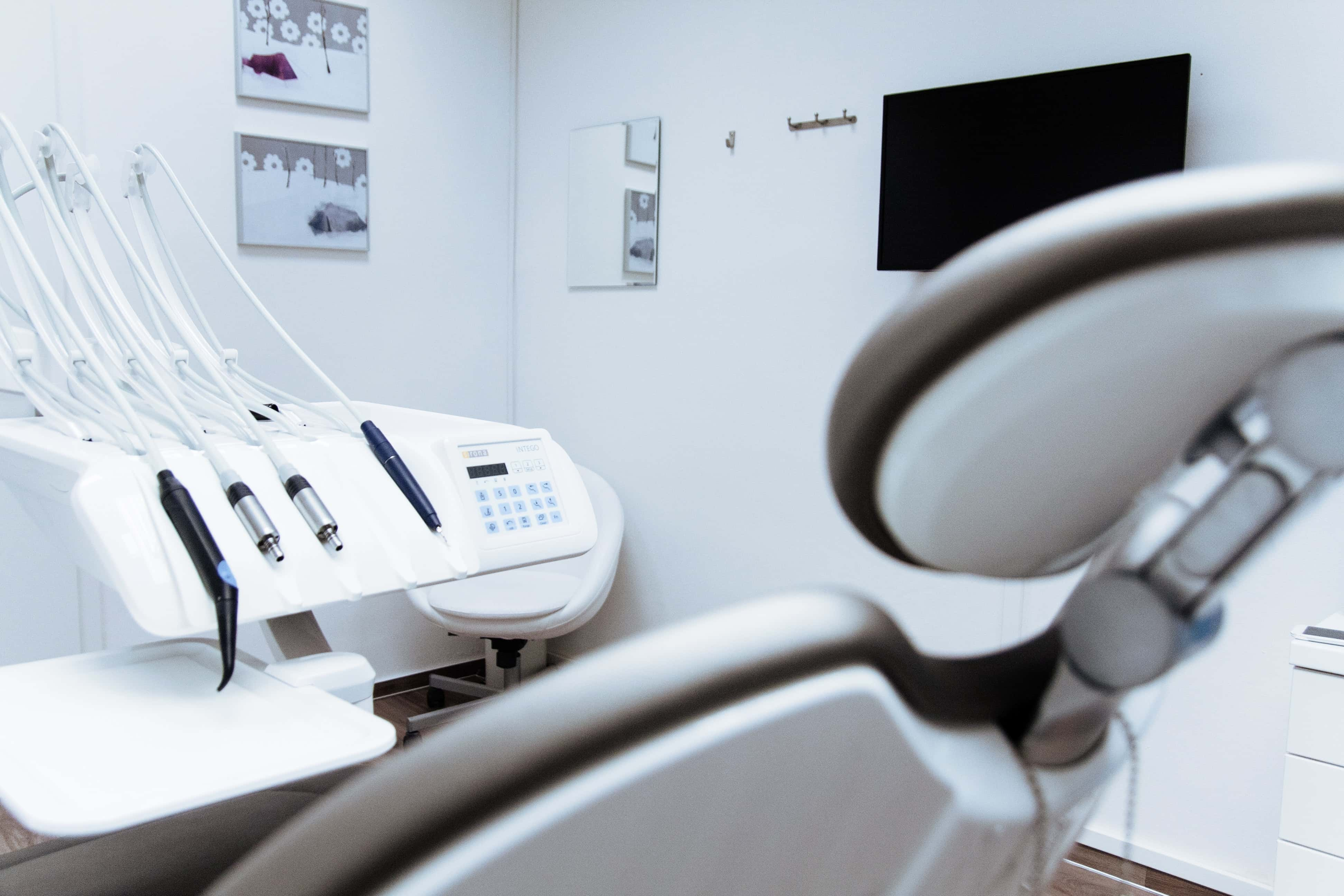
By Lucy Wyndham
UNDATED (NewsDakota.com) – North and South Dakota have, together, one of the highest healthcare burdens in the country. Together, both states average $9,375 per capita healthcare expenditure per year, according to the Kaiser Family Foundation, placing them in the top 15 out of all 51 states.
The level of healthcare required in state has an obvious impact on the environment, and moving forward, the Dakotas will need to find green solutions that service this demand in a sustainable fashion.
Influencing patient habits
Climate change affects quality of life across a number of different areas, including access to water, exposure to adverse air quality, and variable weather and the results thereof. All of this is of note to the health industry, with a particular focus on water. Water is already facing shortages across the Dakota region, with The Guardian noting droughts near Fort Peck. More than ever, conservation is key, and physicians can communicate this need to their patients. For instance, dentists can, and should, implore their patients to reduce water usage in order to protect supplies. Helping patients to make the right choices with their resources and applying that example within the practice will help the large healthcare industry to do their part in creating and maintaining sustainability.
Reducing waste
With resources conserved, healthcare authorities should look to moving to a non-plastic model of procurement to avoid creating more waste. Dakota has unfortunately taken a backwards step in this direction, with the state legislature in North Dakota aiming to prevent communities from self-regulating plastic bag use. Reducing the amount of plastic instruments and other non-degradable equipment used in surgeries, however, is absolutely attainable, and will help to set a precedent to patients and other stakeholders.
Looking to high-tech solutions
Japan has a similar healthcare burden challenge, and perhaps one even larger than Dakotas, given the older demographic of the population. As a result, efforts to provide a sustainable and effective healthcare future have been intensified over the past decade. According to Forbes, this has led to a collaborative effort between healthcare systems to provide an environmentally sustainable solution. Using smart tech, this has seen different authorities share information in a way that cuts down on unnecessary consultations, procedures and the ilk, combining several individual services in a way that improves the whole.
The health service present in the Dakotas is one of the most used in the country. Like all major institutions, it has to change in order to tackle climate change. Through patient awareness and its own process changes, this can become a reality.
